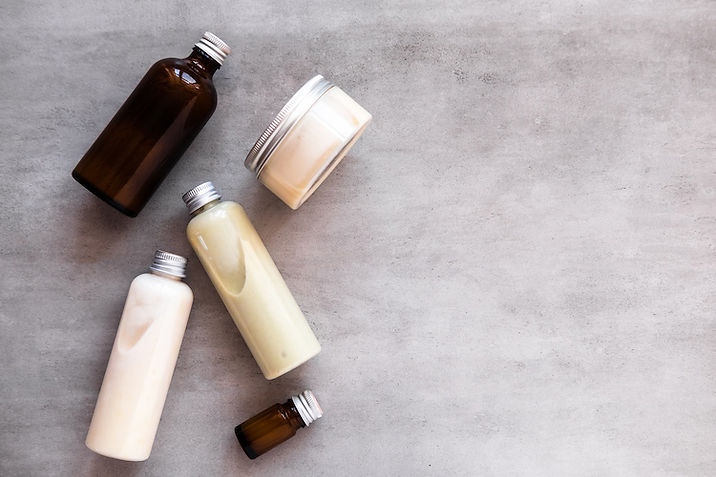Learn more about acne vulgaris.
Acne involves the formation of comedones, papules, nodules and/or cysts as a result of blockage and inflammation of the pilosebaceous units (hair follicles and their associated sebaceous gland. Acne develops on the face and upper trunk and most commonly affects adolescents.
What causes acne?
Acne occurs through the interplay of four key factors: excess sebum production; blockage of the follicle with sebum and keratinocytes; colonisation of the follicles by bacteria; and, the release of a number of inflammatory mediators. Acne forms due to block pores in our hair follicles. Glands called sebaceous glands produce oil (sebum). For various reasons, we can produce excess sebum, and the skin cells lining the pores don't shed properly, causing debris to build up in the pores. When this mixes with the oil, it causes a blockage called a microcomedone. Bacteria (Cutibacterium acnes) builds up, which causes inflammation and swelling (a visible comedone or blackhead). Finally, it may burst, causing the bacteria and debris to leak into the surrounding tissue. This worsens the inflammation and can lead to a large papule, pustule, cyst or nodule.
Acne is often classified as inflammatory or non-inflammatory. Inflammatory acne consists of papules, pustules, nodules and cysts, whereas noninflammatory acne consists of just comedones. Comedones are sebaceous plugs caught within hair follicles. They can be open or closed, depending on whether the follicle is dilated at the skin surface or closed. When comedones are open, the plug can be easily extruded from the follicle. The plug is more difficult to remove in a closed comedone, which is the precursor to inflammatory acne.
Inflammatory acne comprises papules and pustules and occurs when Cutibacterium Acnes colonises the closed comedone. The sebum is broken down into free fatty acids which cause an inflammatory response. The inflamed follicle then ruptures into the dermis and causes further inflammation, leading to a visible papule or pustule.
What can you do?
Acne will generally subside by the early to mid-20s. However, in some patients (particularly women) acne can persist right up to their mid-40s. At any age, acne can have a significant impact on an individual’s confidence and may contribute to social isolation and depression. Moderate to severe inflammatory acne can also have a permanent effect on the skin in the form of post-inflammatory hyperpigmentation or scarring. It is for these reasons that we treat acne. Over-the-counter solutions are often harsh on the skin or are completely ineffective. Treatment of your acne should be tailored to the type and severity of your acne and may include a mix of topical and oral therapies.
This is why a medical approach to your acne is always going to lead to the best results. As a general rule and when safe to do so, we will prescribe a retinoid-containing skin treatment for patients with mild acne. In cases where retinoids are contraindicated, we will use an alternative such as azelaic acid, which is pregnancy safe. In moderate to severe acne, dual therapy with an oral medication will often be required to treat your acne.
Why is it worse in some people?
Acne does not affect everyone equally and we are often asked why this is the case. In fact, there are a number of reasons why the severity of acne varies from person to person. These include genetic factors - it can sometimes run in families; hormonal factors - this includes polycystic ovaries, psychological stress, excessive corticosteroids such as in rare conditions like Cushing disease; and, environmental factors such as high humidity climates, ingredients commonly found in make-up, and wearing hats or sweatbands.


